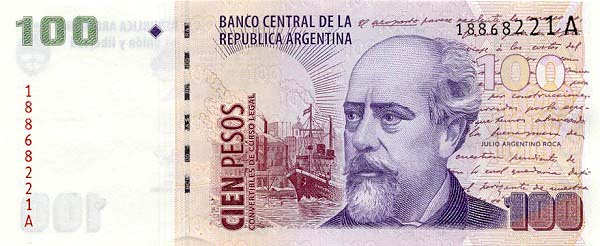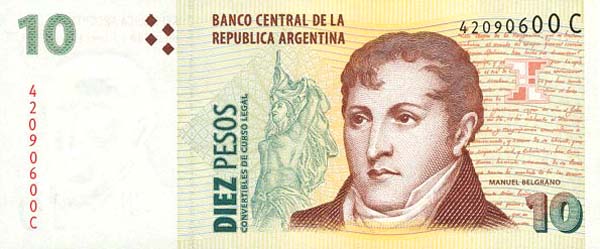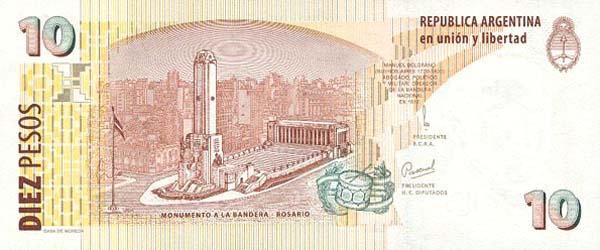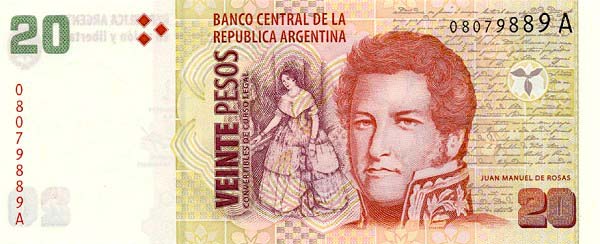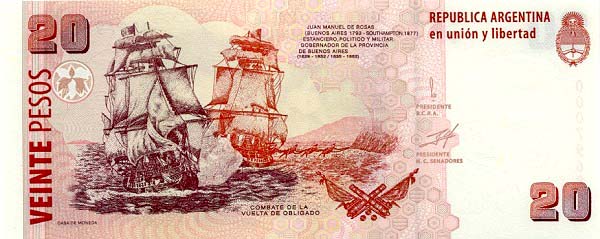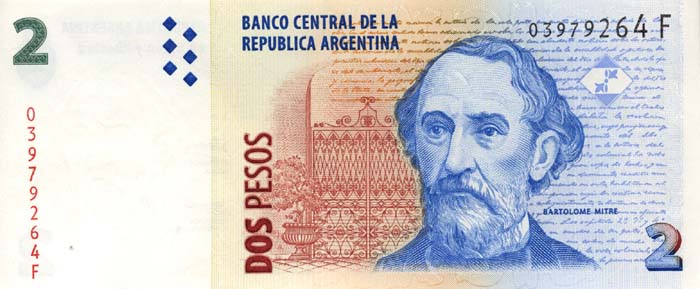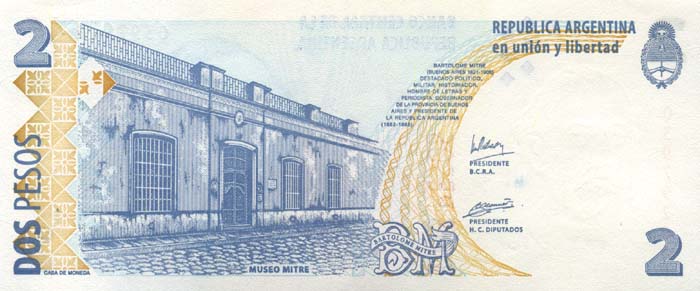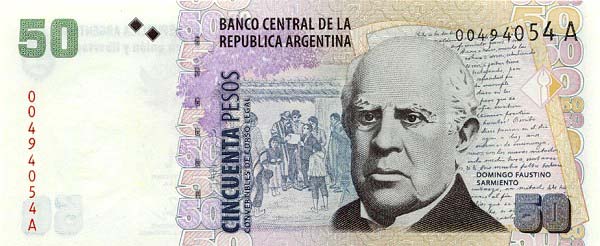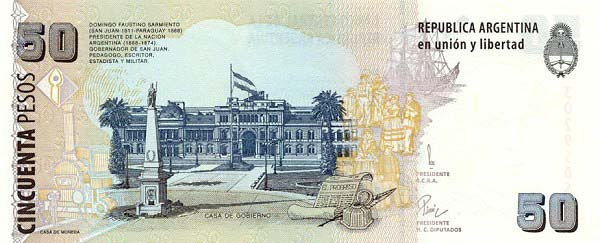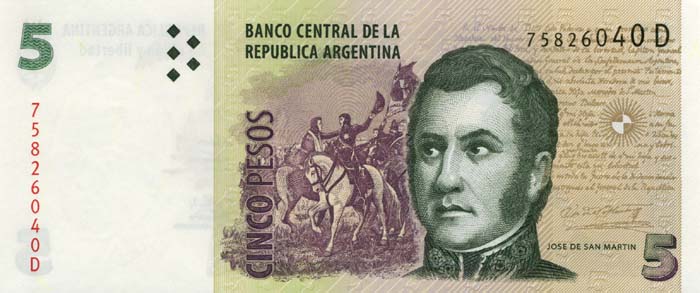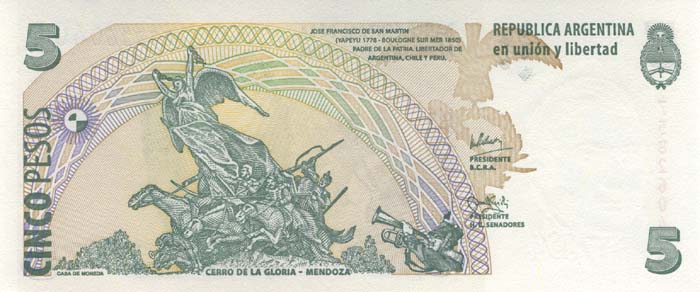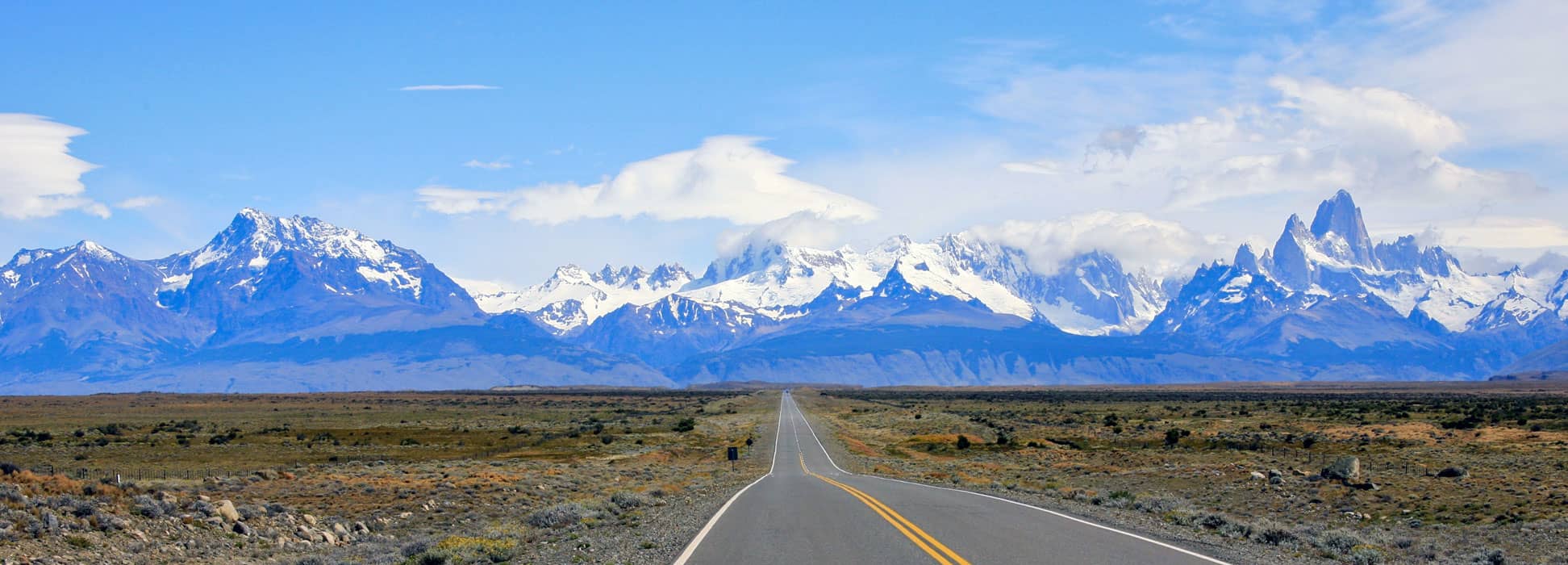Exploring Argentina: A Land of Rich Heritage and Diverse Landscapes
Argentina, a captivating country in South America, is often referred to as the "land of the six continents." The very name "Argentina" originates from the Latin term "argentum," which translates to silver. This name stems from the early Spanish explorers who believed that the region was laden with immense silver deposits. Today, this fascinating country, which ranks as the eighth largest in the world with an expansive area of 2,780,400 km², welcomes travelers from around the globe. Notably, it stands as South America's second-largest nation, following Brazil.
One cannot overlook the sheer scale of Argentina; this country is over five times larger than France and roughly four times the size of the U.S. state of Texas. As we delve deeper into the wonders of Argentina, we will uncover its diverse topography that stretches from the majestic Andean mountains in the west to the scenic South Atlantic Ocean to the southeast and south. The borders of Argentina reveal its significance as well; it shares land boundaries with Chile to the west and south, while Paraguay and Bolivia lie to the north. The vibrant country also borders Brazil to the northeast and Uruguay to the east, and it maintains maritime borders with the Falkland Islands, which are a United Kingdom Overseas Territory.
The Vibrant Population of Argentina
Argentina is home to approximately 47 million residents, as of 2024. With Buenos Aires serving as its capital and largest city, the nation thrives on its rich culture and vibrant communities. The official language is Spanish, yet a variety of languages, including English, Italian, German, and French, echo through different neighborhoods, unveiling the multicultural fabric of this nation.
Argentinian society heavily revolves around Roman Catholicism, where around 90% of the population identifies as Catholic. However, it's intriguing to note that only a mere 20-30% of them actively practice their faith. This mix of beliefs and practices contributes to the unique social dynamics within Argentina.
Discovering the Geographical Regions of Argentina
Diving into the geographical diversity of Argentina reveals seven distinct regions, each with its own unique characteristics. The first is the Argentine Northwest, known for its stunning landscapes. The Chaco Region (Gran Chaco) presents hot and semi-arid lowlands, while the Sierras Pampeanas mountain chain adds a breathtaking dimension to the scenery.
Moving on, we encounter the subtropical Mesopotamia (Littoral) as well as Cuyo in the central-west, both of which are significant for their agricultural contributions. The Pampas—a world-famous vast and fertile alluvial plain—serves as the heartland of the nation's agricultural output. Finally, there's Patagonia, located in the south, marked by its sparse population and pristine wilderness.
Argentina's climate showcases a variety of zones. Ranging from tropical and subtropical areas near the Brazilian border to temperate regions nestled in the central part of the country, and concluding with a subpolar climate at the southernmost tip, the nation showcases a climatic diversity that is hard to match. Additionally, since Argentina lies in the Southern Hemisphere, its summer season occurs from December to February, offering distinct experiences throughout the year.
A Brief Historical Background of Argentina
The story of Argentina's evolution is deeply rooted in its colonization by Spain during the 16th century. Argentina declared independence in 1816; however, it faced numerous challenges in establishing a stable democracy. By the mid-19th century, Argentina had emerged as a democratic republic but has since experienced several phases of military rule.
The population of Argentina is a rich tapestry of various nationalities and ethnic groups, showcasing a predominance of descendants from Italian and Spanish immigrants. Post-independence, the country waded through a series of intense political conflicts primarily between conservatives and liberals, along with struggles between civilian governments and military factions.
The mid-20th century marked the onset of Peronist authoritarian rule, which had profound effects on subsequent governments. Notably, in 1976, a military junta seized power, shaping the political landscape for many years. A significant event in the nation's history occurred in 1982 when Argentina attempted to reclaim the Falkland Islands, leading to an unsuccessful conflict with Britain. Fortunately, democracy made a triumphant return in 1983, and various elections since then have highlighted the nation's commitment to democratic principles.
Political Landscape of Argentina
The political system of Argentina operates as a federal presidential representative democratic republic, characterized by a multi-party system and a robust independent judicial framework. The constitution sets the foundation for three distinct branches of government: the executive, the legislative, and the judicial. Within this framework, the President of Argentina plays a pivotal role, serving as both the head of state and head of government. Elected for a four-year term, the president has the chance to serve a maximum of two consecutive terms, ensuring democratic leadership.
Legislative authority is shared between the executive branch and the bicameral National Congress, known in Spanish as the Congreso de la Nación Argentina. This Congress comprises the Senate, presided over by the vice-president, and the Chamber of Deputies, where various representatives voice the needs of their constituents. As for the judicial branch, it features a network of federal and provincial courts, with the Supreme Court standing as the highest authority in the judicial system.
The Cultural Heartbeat of Argentina
Argentina's culture resonates with a rich blend of influences, creating a unique identity that captivates both locals and visitors. The influence of European immigration, particularly from Italy and Spain, is evident in the country's cuisine, music, and traditions. The revered tango, a soulful dance that originated in Argentina, symbolizes the spirit and passion of the nation.
Moreover, Argentina boasts a vibrant arts scene that includes literature, theater, and visual arts, reflecting the diverse and dynamic nature of its society. Iconic authors like Jorge Luis Borges have left a lasting mark on literature, while Argentina's cinema has gained international acclaim, showcasing the country’s storytelling prowess.
As soccer enthusiasts know, Argentina is a powerhouse in the world of football. With legendary players such as Diego Maradona and Lionel Messi, the nation carries a fierce sporting spirit. Football is more than just a game in Argentina; it embodies the collective identity and fervor of its people.
Conclusion
Argentina stands as a remarkable country, rich in history, culture, and breathtaking landscapes. From its compelling political narrative to its diverse geographical regions, this land offers an experience like no other. Whether you're wandering through the wine regions of Mendoza, exploring the stunning glaciers of Patagonia, or savoring traditional asado with the locals, Argentina presents a wealth of experiences that capture the heart and imagination of all who visit.
Largest cities of: Argentina
| City Name | Population | Year of foundation | |
| Buenos Aires | 2,890,151 | 1536 | |
| Córdoba | 1,391,000 | 1573 | |
| Rosario | 1,240,000 | 1852 | |
| Mendoza | 1,150,000 | 1561 | |
| La Plata | 800,000 | 1882 | |
| Tucumán | 500,000 | 1565 | |
| Bahía Blanca | 300,000 | 1828 | |
| Quilmes | 230,000 | 1666 |
Argentina: Money
